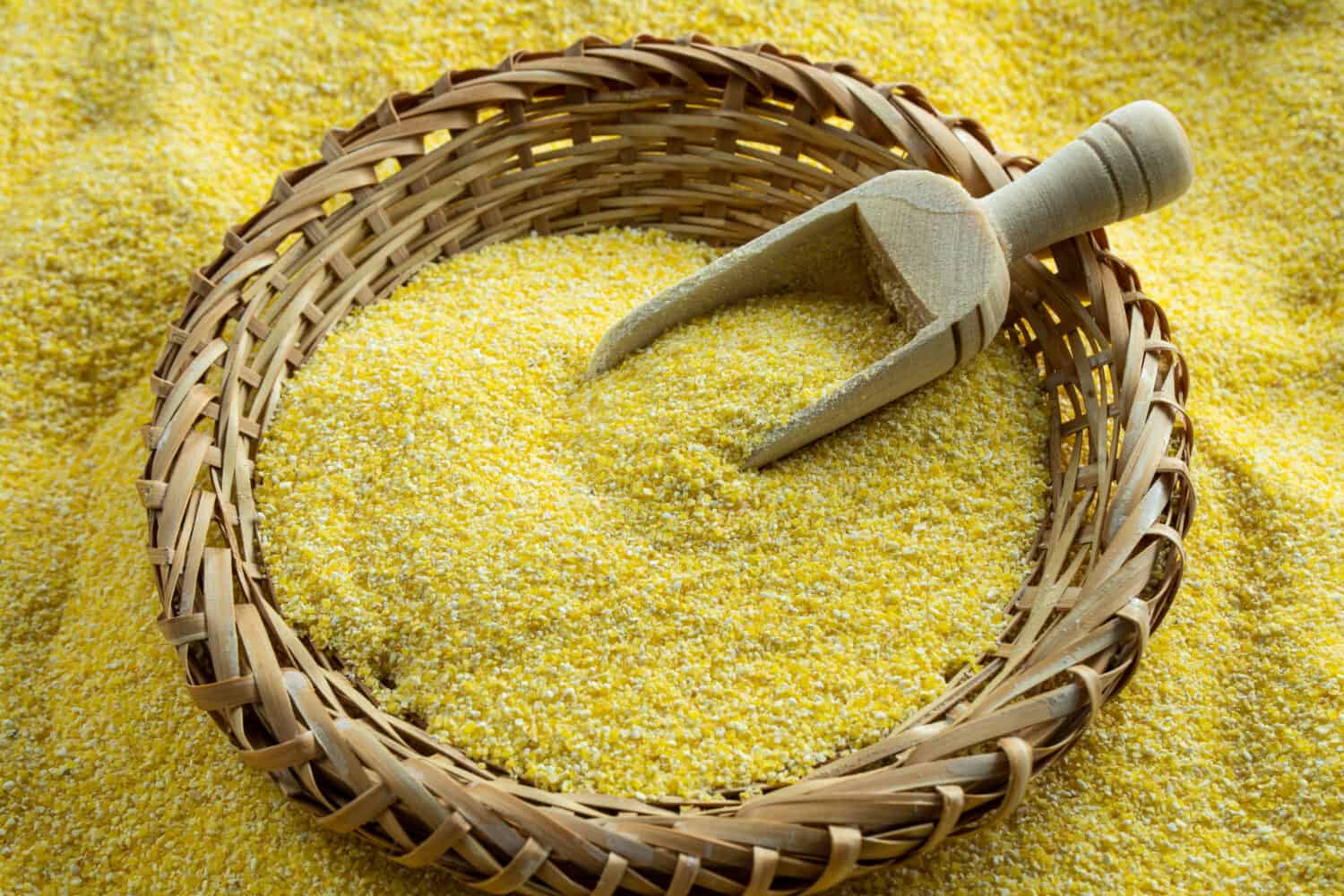When comparing masa harina vs. corn flour, it’s important to know their differences. These include their histories, how they’re made, and some characteristics that make these two ingredients unique. Masa actually predates corn flour in terms of popular usage. These days, both are used in their own ways for a variety of corn-based recipes. That’s right, both of these ingredients are corn-based. However, they call for different types of corn and refining processes that set them apart. They also possess different textures, appearances, and applications. Let’s get into more of the fun details!
In this post, we’ll talk about the history of masa harina vs. corn flour. You'll also learn exactly how to make your own. We'll discuss how to identify the texture and coloration, as well as what applications truly set these two apart. By your next trip to the store or recipe planning night, you’ll know exactly which ingredient to pick when considering masa harina vs. corn flour.
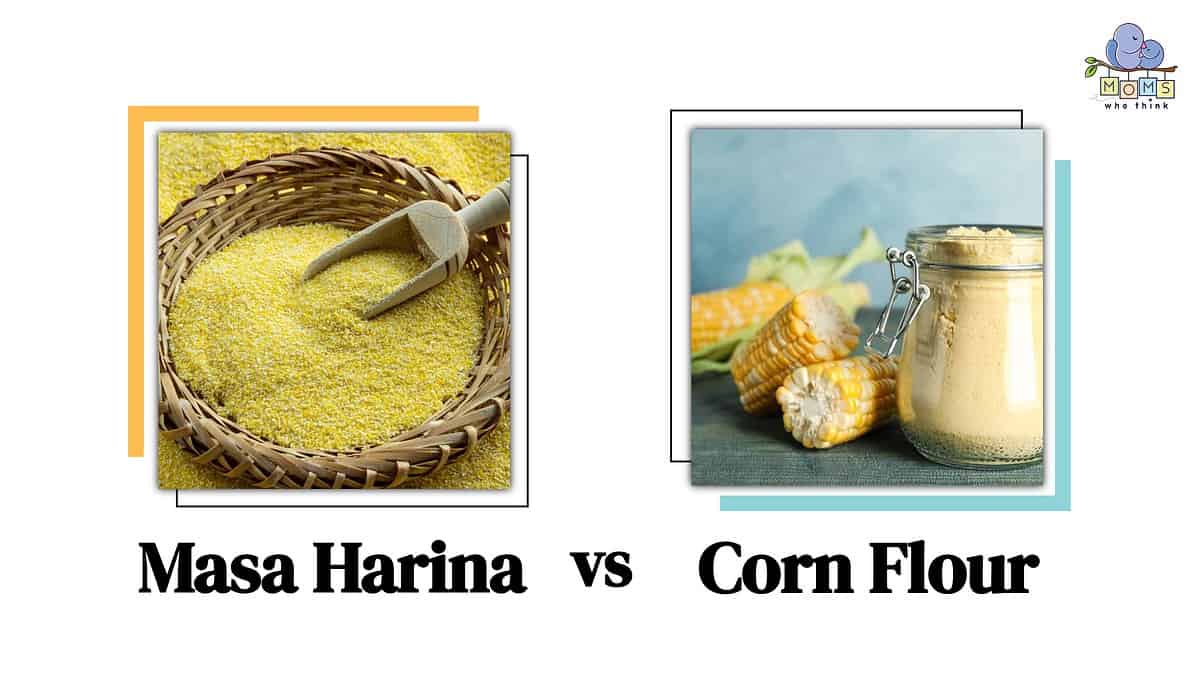
©
Comparing Masa Harina vs. Corn Flour: What is the Difference?
Masa Harina and corn flour are both gluten-free and corn-based meals. However, they are pretty unique in their own right and typically are not exchanged in cooking. Masa harina is a ground-down meal of nixtamalized corn. We'll get more into what that means exactly later, but it's different than corn flour because it has a completely different process and is used in making items like tamales and tortillas and in thickening soups and stews. Corn flour is finely ground dried corn, usually from the yellow variety. It is much more refined and looks like a yellow powder. It is often used to replace wheat flour in baking.
What is Masa Harina?
Masa harina, which translates to “dough flour,” comes from the process of soaking dried kernels in a lime solution (calcium hydroxide, not the citrus fruit), which contributes to the tang of masa dough. After the kernels have soaked, they are dried, washed, and then ground into the powder we call masa harina. Some variations of masa harina use wood ash in the lime solution, and this mixture, before it is ground down to create the powdery masa, is called hominy. To use your masa, simply rehydrate the powder and use the paste to form whatever the recipe calls for (via Allrecipes).
History and Origin of Masa Harina
According to the New York Times, the process for making hominy, the lime-soaked kernels, and the first step in masa harina, dates back to 1500 B.C. It was done entirely by hand painstakingly because this process of nixtamalizing increased the nutritional value of the corn kernels before they were ground into Masa. Beyond Mesopotamia, the process of grinding down corn spread, but those who opted not to nixtamalize the kernels before grinding found themselves with a very different kind of corn meal (corn flour!)
In the United States, maseca, an instant masa flour, was invented in 1941, and with more Mexican immigrants, the ingredient continued to expand in popularity. These days, the industry for masa harina is still dependent on small growers across Mexico. Newer restaurants are experimenting with the kinds of corn they develop into masa, and how to keep the history of the recipe alive but ever-evolving.

©Joshua Resnick/Shutterstock.com
Popular Uses
Masa Harina becomes Masa once it is combined with water to form a paste. This paste is what creates the base for tamales, pupusas, tortillas, tacos, tostadas, arepas, and empanadas. Check out some of these unique recipes from Moms Who Think:
Crock Pot Pork Tamale Pie Recipe
South of the Border Tamale Pie Recipe
Pinto Bean Tacos Recipe
Steak Tacos with Cucumber-Avocado Salsa Recipe
What is Corn Flour?
Corn flour is ground-up dried corn. It typically comes from the yellow corn variety, which contributed to its bright yellow coloring. Corn flour is quite fine, as the storebought variety goes through a thorough refining process to ensure the powdery flour is fit for baking. Homemade corn flour may be a bit more textured, depending on what tools you have to work with!
History and Origin Of Corn Flour
Corn has been used for thousands of years. However, corn flour likely spread during the time of imperialism. In 1492, Columbus “discovered” corn in Cuba and began the process of exporting it to Europe. This was when the process of nixtamalizing was abandoned, and the dried corn was ground after being dried, skipping the lime soak altogether. The resulting powder was far less tangy and could be used as a substitute flour for many baking recipes (via The Atlantic).
Popular Uses
Corn flour is popular as a substitute for wheat flour, as it doesn't contain any gluten. Corn flour is used in baking and fast frying. Try it out the next time you're baking, and try some of these recipes:
Fresh Corn Bread Recipe
Barbecue Chicken with Corn Bread Crust Recipe
Pork Chops and Corn Bread Stuffing Recipe
Corn Bread and Bean Casserole Recipe
Nutritional Value
Check out this handy nutritional chart to see the nutritional profiles of masa harina vs. corn flour.
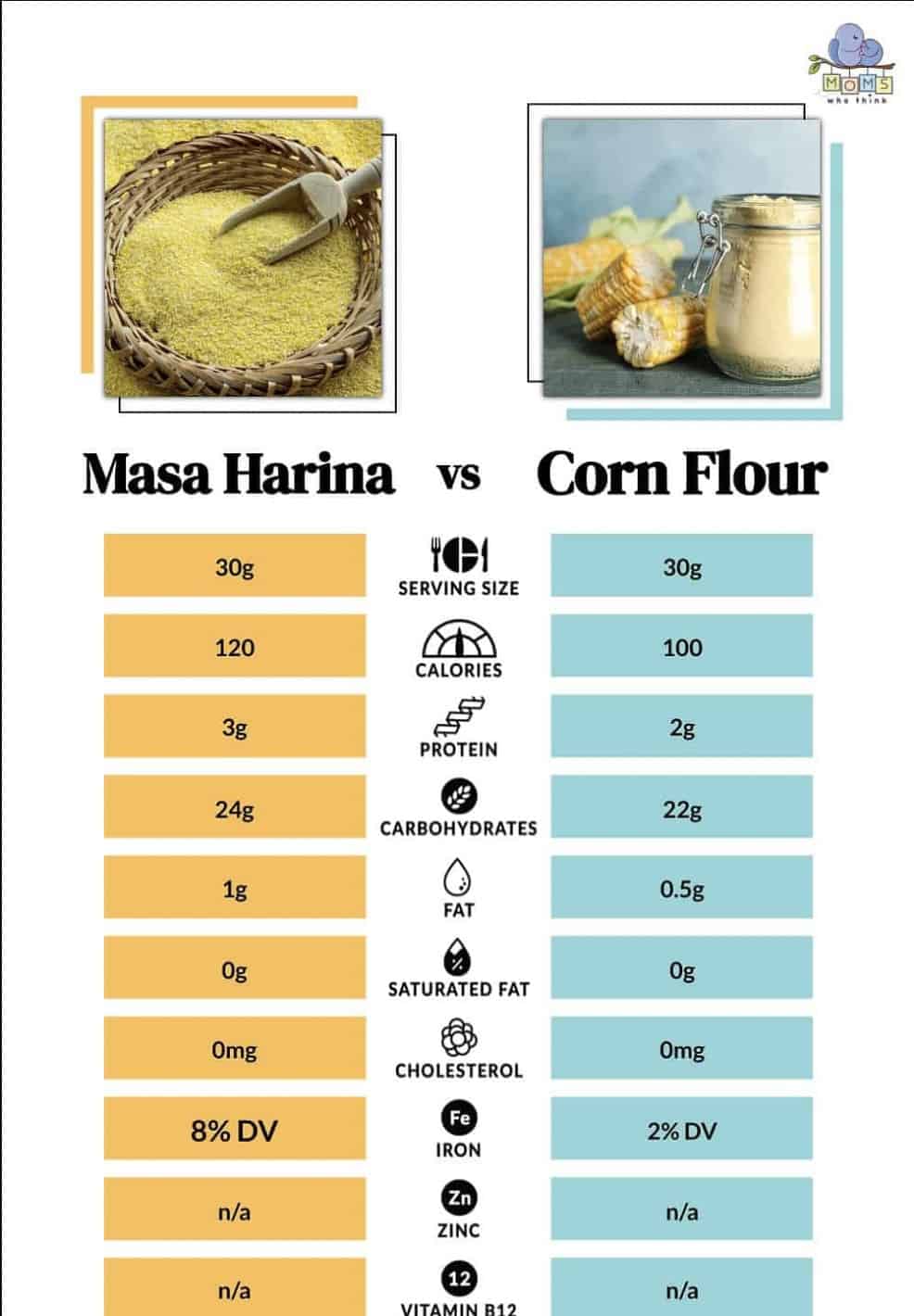
Possible Alternatives to Masa Harina and/or Corn Flour
Some alternatives to Masa Harina and corn flour include corn meal, corn starch, grits, and polenta. Keep in mind that as you're substituting these out, they may have quite the effect on the overall taste. Especially in recipes calling for masa, you're trading out the tang of the lime solution in some of these substitutes. However, in a pinch, many of these will do, especially for corn flour-based recipes.
Comparison of Masa Harina vs. Corn Flour
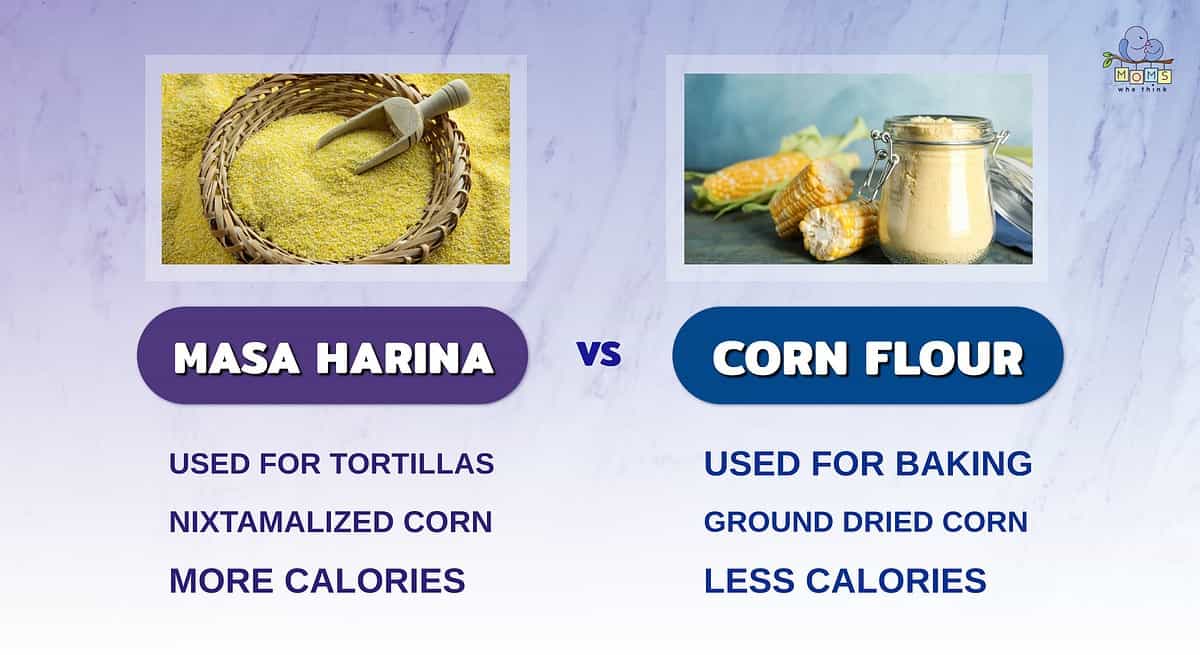
While both masa harina and corn flour are made of corn, they serve entirely different purposes, as we discussed in this article. Let's recap how these two differ:
- Masa harina has a long history, dating back to 1500 B.C, whereas corn flour didn't gain popularity until later on.
- While both use corn, masa harina uses ground nixtamalized corn, and corn flour uses ground dried corn.
- Corn flour is typically used in baking or to replace wheat flour. On the other hand, masa harina is used to make tortillas and tamales and as a thickening agent in soups and stews.
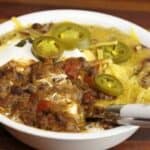
Bourbon Chili
Ingredients
- 1 pound chili grind meat
- 3 slices bacon
- 1 Tablespoon cumin seed, roasted and ground
- 1 Tablespoon New Mexico chili powder
- 1 Tablespoon ancho chili powder
- 1 Tablespoon California chili powder
- 1 teaspoon Mexican oregano, crushed
- 1 teaspoon thyme
- 1 teaspoon allspice
- 1 teaspoon dried cilantro
- 1 large onion, finely chopped
- 2 stalks celery, finely chopped
- 1 can El Paso mild green chiles
- 3 jalapeño chiles, seeded and finely chopped
- 1 habanero chile, seeded and finely chopped
- 1 large garlic clove
- 2 15 ounce cans stewed tomatoes, pureed in a blender
- 1 12 ounce can beer
- 1 teaspoon beef base
- 3 teaspoons sweet paprika
- 1 teaspoon ground coriander
- 1 teaspoon cayenne pepper
- 1 shot Jim Beam bourbon whiskey
- 2 Tablespoons olive oil
- 3 Tablespoons masa harina
Instructions
- Cook bacon and reserve grease for sauteing onions and garlic.
- In a large chili pot, sauté onion and garlic. Remove onions and garlic and set aside.
- Add olive oil and cook meat until gray in color, but not browned.
- Add onion and garlic back to chili pot, and add dry spices. Cook while stirring for 3 to 4 minutes.
- Add stewed tomatoes, bacon bits, chiles, beer, celery, whiskey, beef base.
- Bring to a boil, and then simmer about 3 to 4 hours until done, adding masa harina 5-7 minutes before complete.
The image featured at the top of this post is ©Cristina Nakamura/Shutterstock.com.
